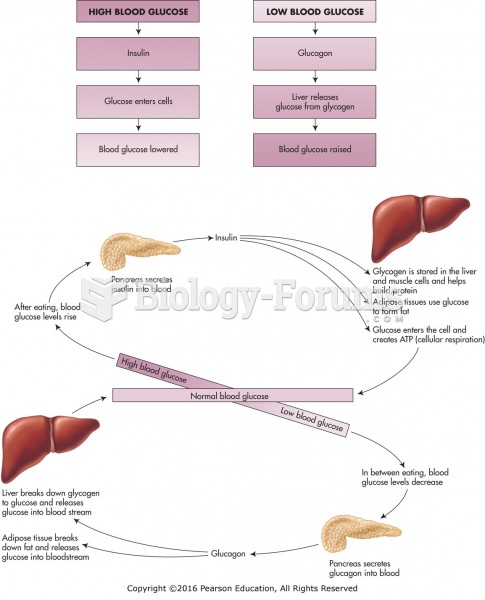Answer to Question 1
Correct Answer: 2
Rationale 1: Succinimides, not phenobarbital, suppress calcium influx.
Rationale 2: Phenobarbital acts biochemically in the brain by enhancing the action of the neurotransmitter GABA, which is responsible for suppressing abnormal neuronal discharges that can cause epilepsy.
Rationale 3: Glutamate is the primary excitatory neurotransmitter in the brain; enhancing this neurotransmitter will increase the likelihood of seizures.
Rationale 4: Hydantoins and phenytoin-like drugs, not phenobarbital, suppress sodium influx.
Global Rationale: Phenobarbital acts biochemically in the brain by enhancing the action of the neurotransmitter GABA, which is responsible for suppressing abnormal neuronal discharges that can cause epilepsy. Succinimides, not phenobarbital, suppress calcium influx. Glutamate is the primary excitatory neurotransmitter in the brain; enhancing this neurotransmitter will increase the likelihood of seizures. Hydantoins and phenytoin-like drugs, not phenobarbital, suppress sodium influx
Answer to Question 2
Correct Answer: 2,5
Rationale 1: There is no need to use a large bore needle. Most IV administration is done using a needleless system.
Rationale 2: The IV line should be well flushed with saline to remove any residual Heparin, which will precipitate with the diazepam (Valium).
Rationale 3: Direct administration of IV medication is not recommended. The client receiving IV diazepam (Valium) should have an IV established for possible emergency use.
Rationale 4: Diazepam (Valium) precipitates with many drugs and should not be mixed for infusion.
Rationale 5: Diazepam (Valium) precipitates with many drugs. The nurse should watch the IV tubing just above the injection site for cloudiness or development of precipitate during administration and should discontinue the administration if this situation occurs.
Global Rationale: The IV line should be well flushed with saline to remove any residual Heparin, which will precipitate with the diazepam (Valium). Direct administration of IV medication is not recommended. The client receiving IV diazepam (Valium) should have an IV established for possible emergency use. There is no need to use a large bore needle. Most IV administration is done using a needleless system. Diazepam (Valium) precipitates with many drugs and should not be mixed for infusion. The nurse should watch the IV tubing just above the injection site for cloudiness or development of precipitate during administration and should discontinue the administration if this situation occurs.







